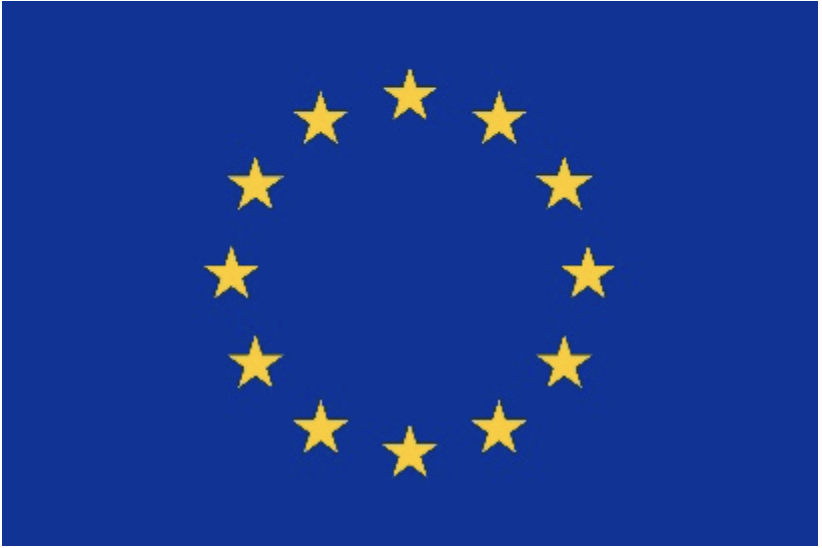ETH Zürich published a scientific publication about SFERA-III in the 2021 year edition of the Official Journal of the International Journal Society, Solar Energy. The paper is available in open access.
Abstract
Thermochemical methane reforming to syngas is performed on a massive scale in the chemical industry, providing feedstock for many chemical processes such as hydrogen, ammonia, and methanol production. The high temperature process heat required for the endothermic reforming reaction could be supplied by concentrated solar energy, in a hybrid solar-fossil process. This can be achieved by re-designing conventional reforming technologies to utilize solar energy as the heat source. Another possible approach is to use a two-step metal oxide redox cycle. Here we compare the two solar thermochemical reforming routes, namely redox reforming and catalytic reforming using thermodynamic analysis, and discuss the prospects for both technologies with a focus on methane conversion extents, syngas composition, and energy conversion efficiencies. Further processing of the syngas to liquid fuels is also discussed, in order to highlight how these processes can fit together with gas-toliquids technologies. The analysis highlights that the redox cycle approach could produce a higher quality syngas, but at the expense of additional thermodynamic constraints, which are sensitive to carbon formation, and also lead to a greater energy demand relative to catalytic reforming.
References
Title Thermodynamic Comparison of Solar Methane Reforming via Catalytic and Redox Cycle Routes
Authors Bulfin Brendan, Ackermann Simon, Furler Philipp, Steinfeld Aldo
Cite as Bulfin Brendan, Ackermann Simon, Furler Philipp, Steinfeld Aldo. 2021-02. “Thermodynamic comparison of solar methane reforming via catalytic and redox cycle routes”, Solar Energy, Volume 215, Pages / Article 169-178; https://doi.org/10.1016/j.solener.2020.11.076

This project has received funding from the European Union’s Horizon 2020 research and innovation programme under grant agreement No 823802
